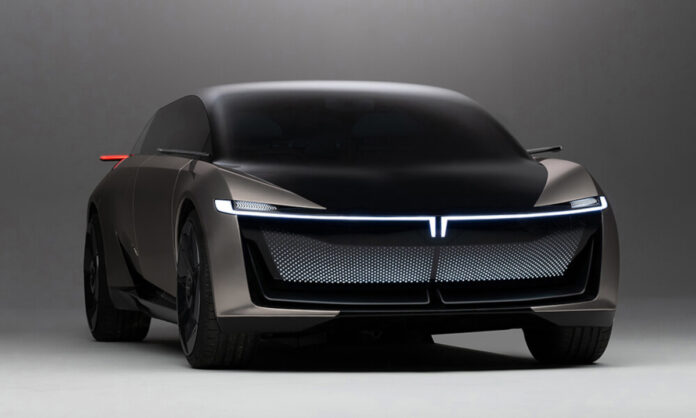Tata Avinya
In a significant move towards advancing electric mobility, Tata Motors has announced a collaboration with Jaguar Land Rover (JLR). This partnership will see Tata Motors’ upcoming premium EV, Avinya, and potentially a range of other electric vehicles, harness the technological prowess of JLR’s Electrified Modular Architecture (EMA). This shared platform approach is a strategic attempt to consolidate resources, share expertise, and position both companies favourably in the global electric vehicle market
Tata Motors‘ collaboration with Jaguar Land Rover (JLR) to utilize JLR’s Electrified Modular Architecture (EMA) for its upcoming premium EV, Avinya, is significant for several reasons.
Here’s an overview and analysis of this strategic collaboration:
EV platform
- Shared Platform: Using the EMA platform, which will also be the foundation for JLR’s next-generation vehicles like the Velar, Evoque, and Discovery Sport, signifies a step towards standardization. Sharing the platform can lead to economies of scale, reducing costs for both Tata Motors and JLR.
- Advanced Technology Transfer: With access to JLR’s electric motors, battery packs, and manufacturing expertise, Tata Motors will have the advantage of cutting-edge technology. This will potentially make their EV offerings more competitive in terms of performance, efficiency, and reliability.
- Range of EVs: The Avinya is just the beginning. With the EMA platform at its disposal, Tata Motors can diversify its electric offerings, catering to different market segments and consumer preferences.


JLR
- Speedier Development Cycle: Collaborations of this kind usually mean that research and development time is reduced. This is especially vital in the rapidly evolving EV sector, where technological advancements happen at a rapid pace.
- Preparation for the Future: As autonomous driving becomes more commonplace, Tata Motors’ access to the EMA platform with Level 2+ autonomous capabilities positions the brand well for future developments in this area.
- Over-the-Air Updates & Ultrafast Charging: These features align Tata’s EVs with the current industry trends and consumer expectations, ensuring that the vehicles remain up-to-date and convenient for users.
Electrified Modular Architecture (EMA)
- Localization for Cost Efficiency: Although Avinya will leverage a global platform, the decision to use a localized version implies that Tata Motors will likely adapt and manufacture components locally. This approach will help the brand cater to the specific needs of its target market and reduce costs.
- Implications for the Global EV Market: With Tata Motors adopting JLR’s EMA platform, it’s evident that global collaborations will play a crucial role in the future of the EV market. This partnership also showcases how legacy automakers and premium brands can work together to accelerate EV adoption and development.
Pros of the EV platform:
- Access to cutting-edge EV technology from JLR
- Reduced development time and costs
- Ability to offer Level 2+ autonomous capabilities
- Integrated propulsion system and battery management for efficiency
- Support for over-the-air updates and ultrafast charging
- Potential to spawn a range of premium EVs
Cons of the EV platform:
- The localized version of the EMA platform may not be as advanced as the JLR version
- Potential for increased costs due to licensing fees
- Reliance on JLR for manufacturing know-how
Conclusion
Tata Motors’ decision to collaborate with JLR and adopt the EMA platform for its future EVs is a strategic move that can potentially transform its position in the global electric vehicle market. Such collaborations might set a precedent for other automakers to follow, leading to more shared platforms, technologies, and resources in the automotive industry.
Tata Motors’ strategic alliance with JLR exemplifies the potential of global collaborations in the rapidly evolving EV sector. By adopting the EMA platform, Tata Motors not only gains access to advanced technology and manufacturing expertise but also sets the stage for future-ready vehicles, particularly in the realm of autonomous driving. Such partnerships may pave the way for further integrations in the automotive world, driving innovation, cost efficiency, and faster time-to-market for new vehicles.





































